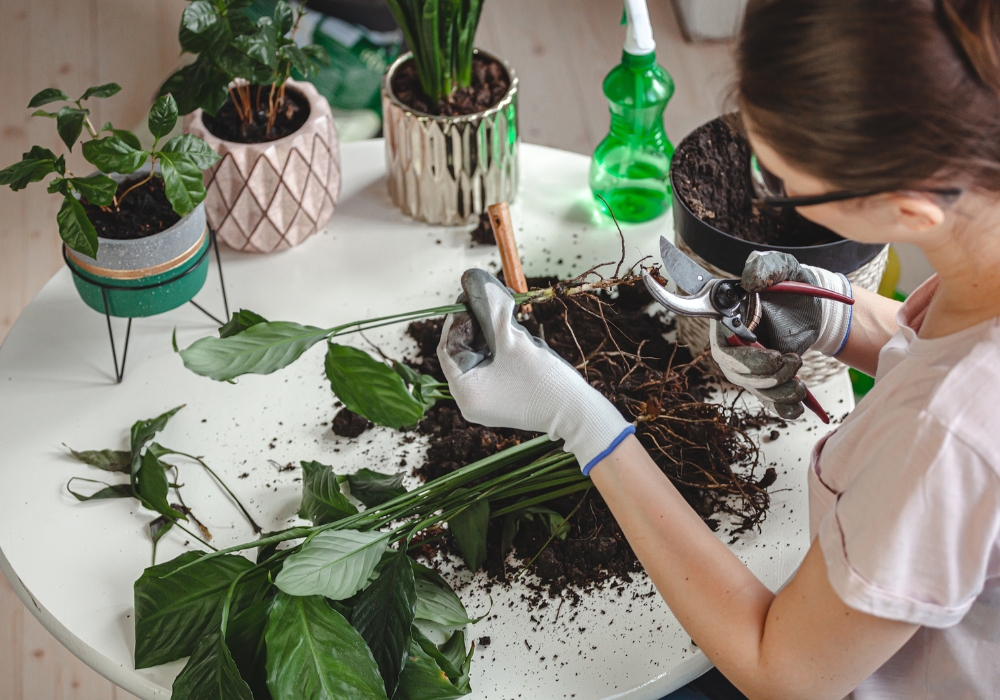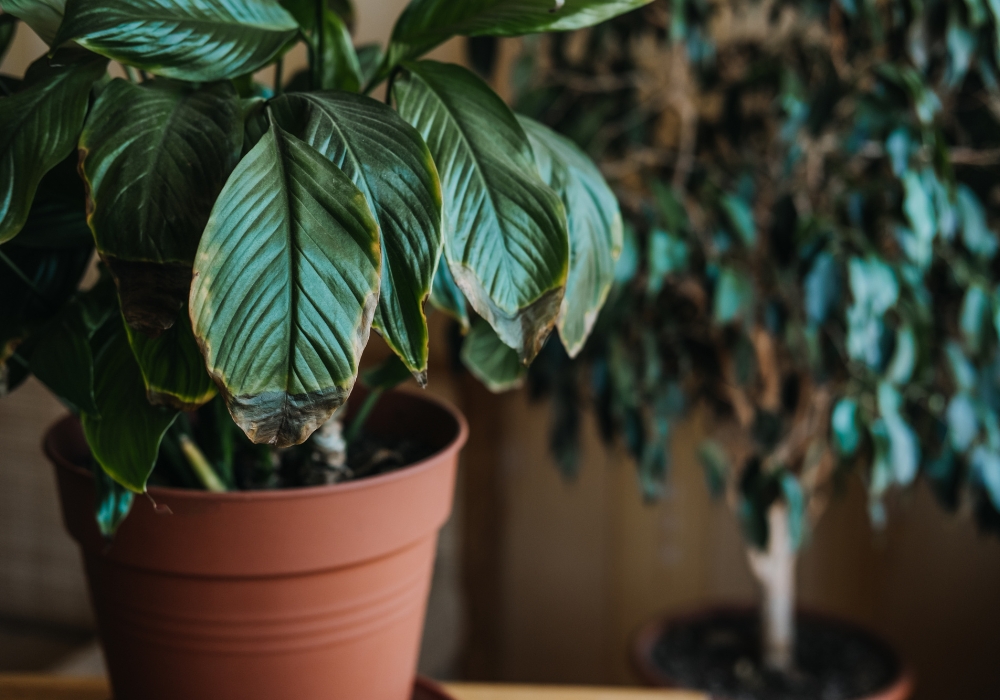Root Rot: Causes, Symptoms and Treatments
10th August 2023

Root rot is a serious fear of any true plant lover as this decaying disease will cut the life short of any tree or plant. Having similar symptoms to many other plant diseases, it is extremely hard to diagnose before it’s too late. In this post we will try to explain the main causes of root rot, symptoms as well as some of the treatments.
Causes
The main and most important cause for root rot is very simple – overwatering. When the soil isn’t properly drained and constantly overwatered it prevents roots from absorbing the oxygen it needs to live. As the roots begin to die and decay, the rot can spread to nearby healthy roots even after the soggy conditions have been rectified.
Another cause for root rot is the weakened root susceptibility to soil fungus. It’s not unnatural for there to be dormant fungus in the soil and when the soil becomes waterlogged, the spores can come to life and attack the roots causing them to rot and die.
Symptoms
What is so difficult with root rot is that the symptoms are quite similar to symptoms of other problems the plant might be having, and often we detect the true issue when it is too late.
The symptoms might include:
- Slow or quick decline without any obvious reason
- Poor growth
- Small and pale leaves
- Wilted, yellow, brown leaves
- Branch dieback
- Thinning of the canopy
- Sometimes the fungus might climb to the inner bark and cause cankers or sunken dead areas.
The best way to find out if your plant is suffering from root rot is to simply dig below soil and see if decaying is taking place. You should also smell decaying odour.

Treatment
Whether the root rot was caused by prolonged overwatering or single overwatering, it’s vital to act quickly as treating root rot ASAP will give your plant the best chance to survive.
First step should be to remove the plant from the soil and wash the roots under running water. Do your best to wash away as much soil and affected roots as possible while also being as gentle as you can.
Then, find a sharp and clean pair of scissors or shears to trim away all affected roots. This might be a significant amount of root system depending on the extent of disease. If you had to remove a huge amount of roots, clean your scissors(shears) with alcohol and prune back some of the leaves (⅓ or ½).
This will give your plant a better chance to regrow as it will take away some of the work that the stressed out roots would have to do to support the foliage.
At Expert Hardware we have generations of knowledge and experience, so when in doubt – come in to your local Expert Hardware. You will not only find all your wood finishing essentials, but will also receive and expert advice!
